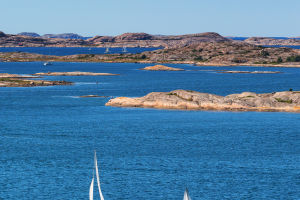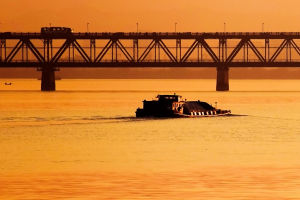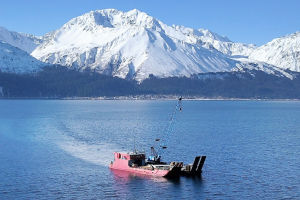Wind power stands out as one of the most promising and popular sources of renewable energy on a global scale, heralding a cleaner, more sustainable, and highly efficient approach to electricity generation that does not contribute harmful pollutants to the atmosphere.
In recent years, the wind power industry has undergone substantial growth, with countries like Finland and Denmark leading the charge in its widespread adoption. At its core, wind power harnesses the kinetic energy of the wind to set the blades of a wind turbine in motion.
This rotational energy is transferred to a generator, producing electricity. While the fundamental principle is straightforward, the technology behind wind turbines has evolved significantly, aiming to enhance efficiency and overall output.
A typical wind turbine comprises several essential components, including blades, rotor, generator, gearbox, and control system. The blades are meticulously designed to capture the wind's energy and convert it into rotational energy, subsequently transferred to the rotor. The rotor, connected to a gearbox, amplifies the rotation speed to align with the generator's requirements. The generator performs the crucial task of converting this rotational energy into electrical energy, which can be either stored or transmitted to the power grid.
Wind power boasts numerous advantages over conventional power generation methods. Firstly, it is a clean and renewable energy source that leaves no environmental footprint, emitting neither greenhouse gases nor other pollutants. This environmental friendliness positions wind power as a sustainable alternative to fossil fuels and nuclear energy. Secondly, wind power is abundant and widely accessible, particularly in regions with high wind speeds, such as coastal areas and open plains. This ubiquity allows wind turbine installation in diverse locations, showcasing its versatility.
Thirdly, wind power proves cost-effective in the long run. While the initial investment in wind turbines may be substantial, the operational costs remain relatively low, and the wind is essentially free. This cost-effectiveness positions wind power as a competitive alternative to traditional power sources, especially as the technology continues to advance, resulting in decreasing costs.
Despite its myriad advantages, wind power does face some limitations. One significant constraint is the variability of wind speeds, impacting the output of wind turbines. They perform optimally in areas with consistent wind speeds, and their efficiency may be less predictable in regions with variable winds. Another concern is the potential impact on wildlife, with birds and bats at risk of colliding with the rotating blades. Proper siting of wind turbines and technological solutions are vital to minimize these environmental impacts.
One noteworthy benefit of wind power lies in its capacity to create jobs and stimulate economic growth. The industry demands skilled professionals for work tasks like site selection, installation, maintenance, and repair of wind turbines. Additionally, professionals in manufacturing, logistics, and supply chain management contribute to the sector's growth, often providing economic opportunities in rural areas.
Moreover, wind power contributes to reducing a nation's reliance on foreign energy sources, enhancing energy security and national sovereignty. It also facilitates a diversified energy mix, minimizing the risk of power outages during emergencies and peak demand periods.
Wind power emerges as a game-changer in the global energy landscape, offering a clean, sustainable, and cost-effective alternative to traditional power generation. As technology continues to progress, the future of wind power looks promising, heralding an exciting era for the industry and the world at large. Wind power is on track to play a significant role in meeting the world's energy needs in the foreseeable future.


